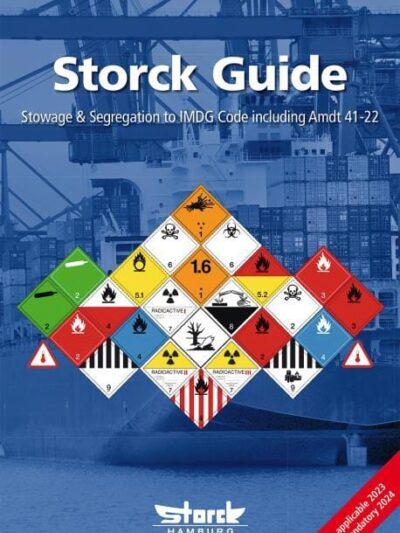Online Shopping
- Accessories
- Books Commercial
- Books Recreational
- Boat Building, Repair & Maintenance
- Canoeing, Kayaking, Rowing
- Childrens Books
- Clymer Outboard Manuals
- Coffee Table Books
- Collectable /Limited Editions
- Cooking
- Cruising Guides
- Design
- Diving/Marine Life
- Electrics & Electronics
- Engines
- Fiction
- First Aid
- Fishing
- Fishing
- General Interest
- History
- History Australia
- History General
- History Liners
- History Naval
- Humour
- Knots
- Logbooks
- Marine Art
- Marine Stories
- Meteorology
- Modeling
- Navigation
- Power Boats
- Rigging
- RYA – Royal Yachting Association
- Sailing Basic
- Sailing Cruising General
- Sailing Multihull
- Sailing Racing
- Sailing Racing Rules
- Seamanship
- Tide Tables
- Yachting Australia
- Calendars
- Charts
- DVD & CD
- Fiction
- Gift Items
- Gift Vouchers
- Gift Wrapping
- Models
- Navigational Equipment
- NEW TITLES
- Online Training Courses
- Radio
- Sailing Watches
- Software
- Software
- Specials
- Uncategorized
Our Newsletter

Subscribe To Our Mailing List
Join our subscribe list to get the latest news and updates
IATA Dangerous Goods Regulations (DGR): Your Essential Guide to Safe Air Transport
The IATA Dangerous Goods Regulations (DGR) manual is the definitive industry standard for shipping dangerous goods by air. Trusted for over 65 years, the DGR provides the most complete, up-to-date, and user-friendly reference for compliance with international dangerous goods air regulations. Staying compliant with the latest regulations is crucial for the safe and efficient air transport of hazardous materials.
Why Choose the IATA DGR?
The DGR manual is indispensable for airlines, freight forwarders, ground handlers, and shippers who handle dangerous goods. It draws from the most reliable cargo sources to help you classify, pack, mark, label, and document shipments accurately. With the IATA DGR, you have all the necessary information at your fingertips to ensure your shipments meet global safety standards and regulatory requirements.
Significant Changes in the 66th Edition of IATA Dangerous Goods Regulations (2025)
Effective January 1, 2025, mandatory compliance with the 66th Edition of IATA Dangerous Goods Regulations (DGR) begins. This edition includes significant updates, incorporating amendments from the 2025–26 ICAO Technical Instructions. Stay ahead of regulatory changes to avoid compliance issues and penalties.
Key Updates in the 2025 IATA DGR:
1. New Dangerous Goods Entries
o UN 0514: Fire suppressant dispersing devices (Division 1.4S)
o UN 3559: Fire suppressant dispersing devices (Class 9)
o UN 3554: Gallium contained in manufactured articles
o Sodium-ion batteries: New entries for sodium-ion batteries, including those contained in or packed with equipment.
2. Special Provisions Updates
o Expanded provisions for lithium and sodium-ion batteries, gallium, and liquid desensitized explosives.
o Clarifications on dangerous goods in passenger and cargo aircraft, and equipment containing hazardous substances.
3. Packaging and Handling Revisions
o Updates to packaging instructions for devices containing dangerous goods.
o Enhanced safety guidelines for mobility aids and battery-powered vehicles.
4. Updated Guidelines for Batteries
o Recommendations for transporting lithium and sodium-ion batteries, including limits on charge levels.
For a more detailed breakdown, including changes in classification, handling, and documentation, review the full list of amendments to ensure compliance and safety in air transport.
SKU: P4007
Related products
-
Dangerous Goods : IMDG, and IATA.
IATA Dangerous Goods Regulations (66th Edition) 2025 (digital)
$795.00 GST Add to cart -
Dangerous Goods : IMDG, and IATA.
Storck Guide – Stowage And Segregation To IMDG Code
$450.00 GST Add to cart





